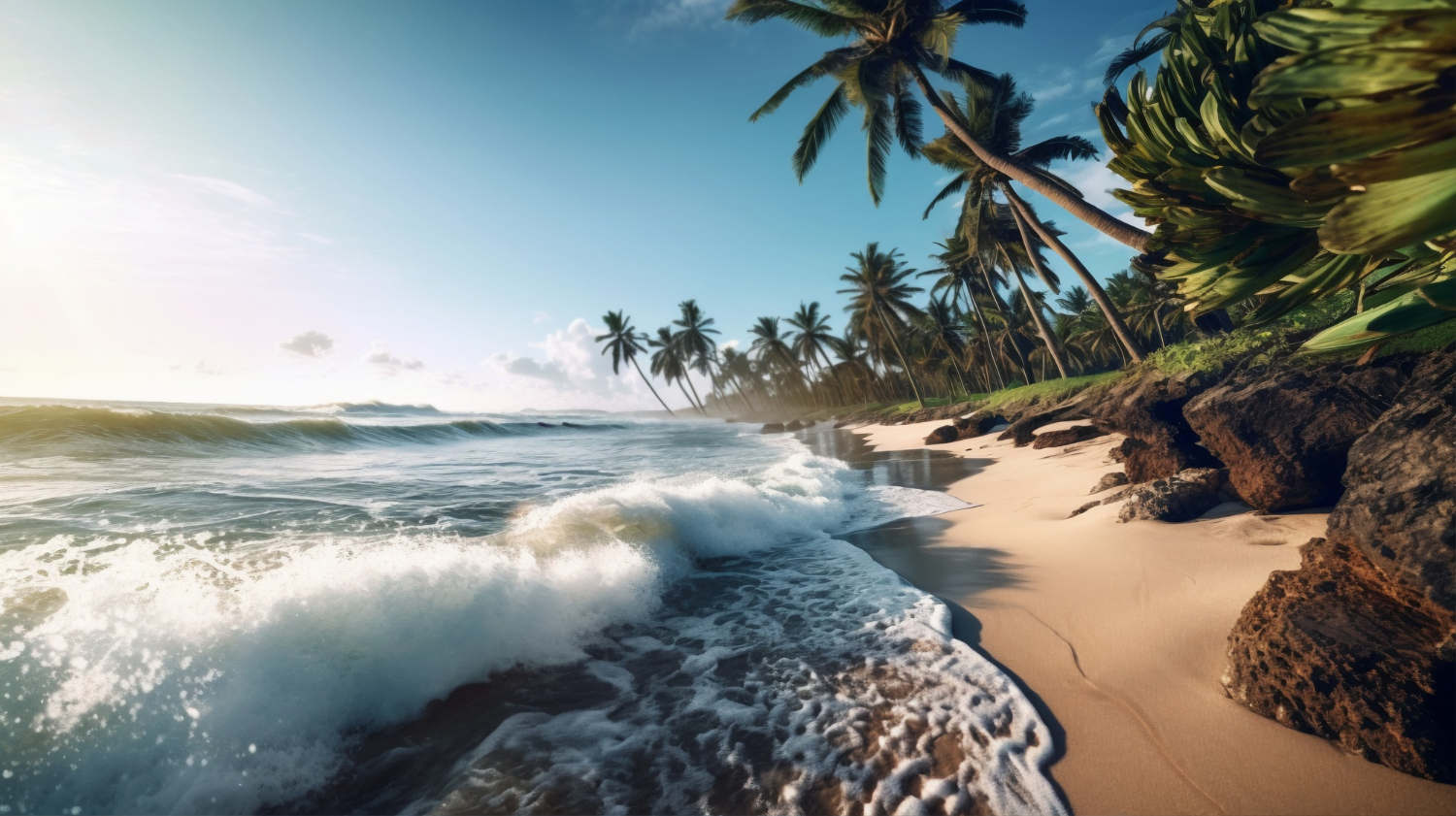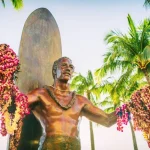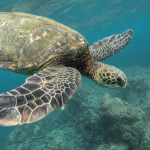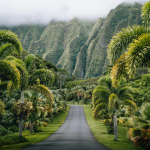Did you know? Oahu is the third largest island of Hawaii. It is famously known for its colorful marine life, beautiful beaches, and green landscapes. What it’s also known for are the tides that make it attractive for the locals and tourists to enjoy the waters even more.
While watching the tides and surfing on them may be interesting and adventurous, too much of it can also be devastating, ultimately destroying your vacation. To protect you from the high tides and ensure you enjoy your time here, we have mentioned everything you need to know about the tides in Oahu, from their causes to how they affect various activities on the island.
What Are Tides?
The last time I read “What is a Tide?” was probably when I was in school. And just like me, you might also have a blurry memory of what it is.
Tides, as we know and see, are the rise and fall of sea levels. These rises and falls are usually caused by the gravitational forces exerted by the moon, the sun, and the rotation of the Earth.
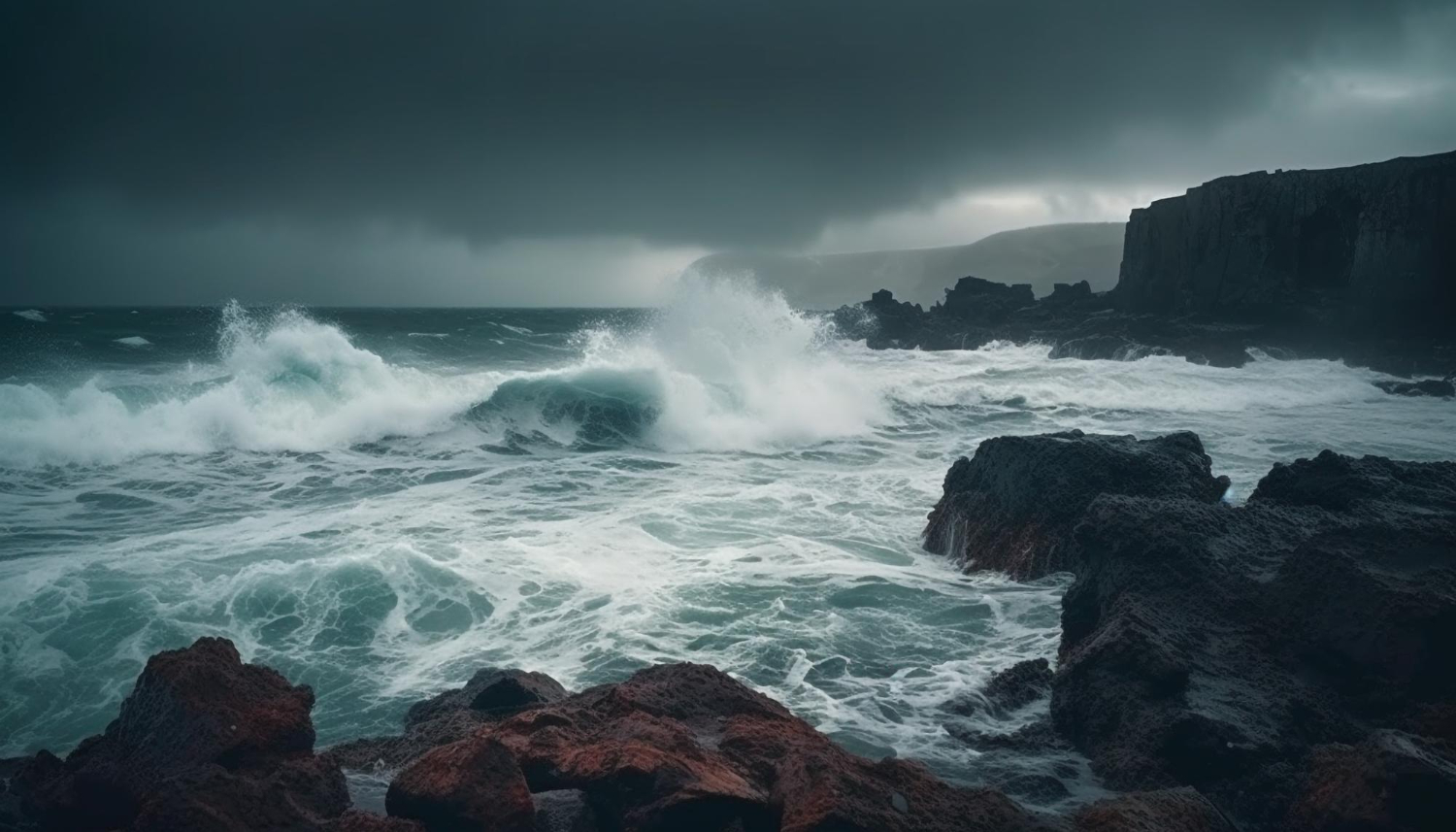
In Honolulu, specifically on Oahu, as with other coastal regions, you can see these tidal fluctuations occur twice a day. To be more clear, you’ll get to see two high tides and two low tides, that too within approximately 24 hours and 50 minutes.
What are the Factors Influencing Tides?
Now, you must’ve got an idea about what these tides are. Apart from the gravitational forces, several other factors impact the timing and intensity of the tides in Oahu, which we usually see. Some of these are:
The Moon Phase
One of the main reasons for the tides is the gravitational pull of the moon. Especially when there’s a full or new moon, or at times when the sun, moon, and Earth align together, that is the time when the gravitational forces are strongest (too much science, right).
This leads to high tides that are much higher and low tides that are much lower. This kind of tides that we see right after a new moon is also known as spring tides.
On the other hand, when there’s a quarter moon, i.e., when you see the sun and moon are at right angles (90°) to each other, these tides are called neap tides. This results in less extreme tidal ranges.
The Geography
Oahu mainly has four coastlines: North (North Shore), East (Leeward Side), West (Windward), and South. Each coastline has an important role to play in the high and low tides and the tidal patterns you see.
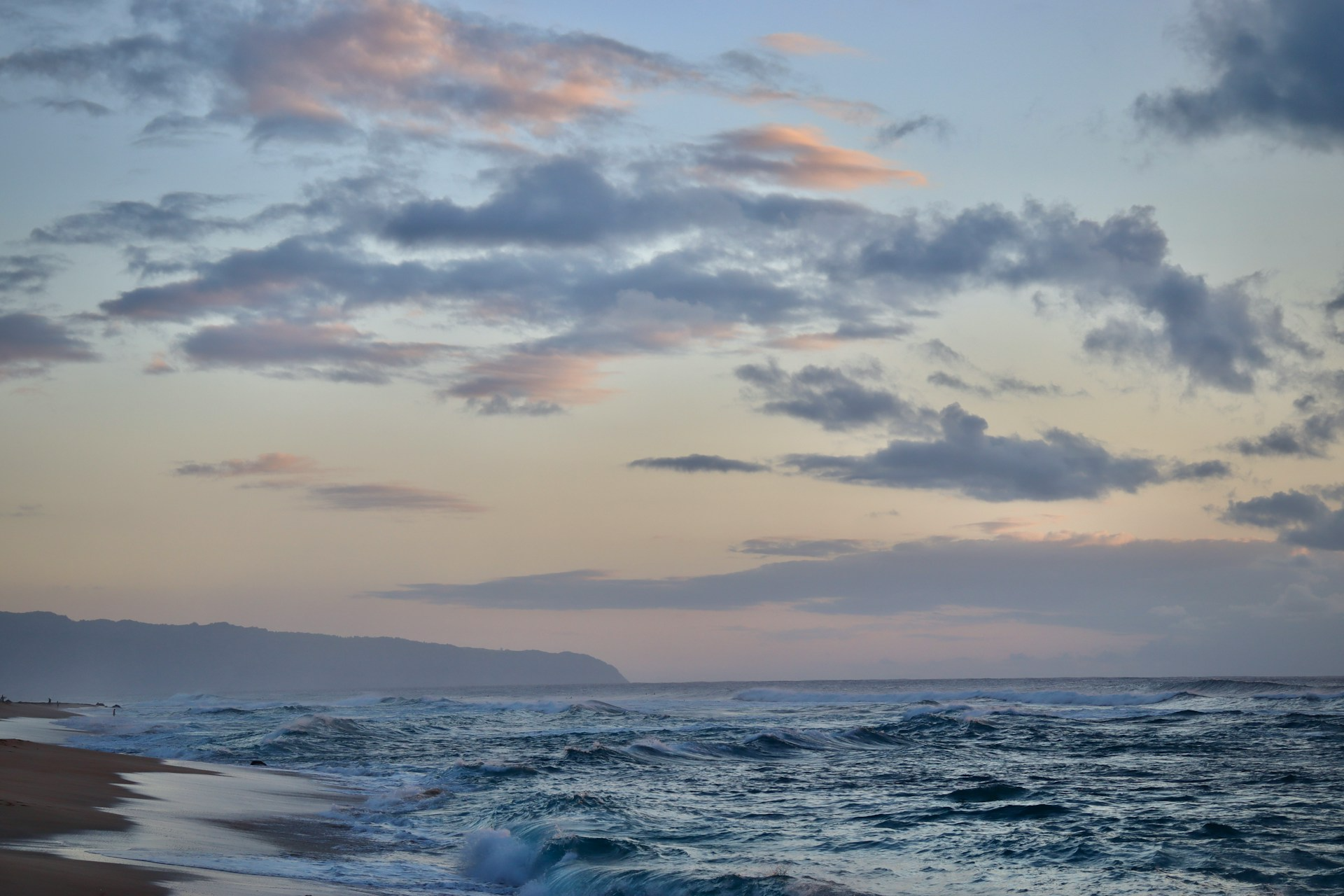
Coastlines with narrow channels that have shallow areas can lead to greater tidal currents and more noticeable tidal ranges in certain locations.
The Weather Conditions
When it comes to the weather of Oahu, I feel it has a wet-winter climate. This means it has a tropical dry and wet climate. You’ll experience storms and strong winds. Also, changes in the atmospheric pressure will be very evident, affecting the sea levels and causing temporary deviations from predicted tide heights.
The Tidal Predictions
To make sure that you are not interrupted by any tidal issues, it’s important that you constantly check the tidal chart predictions of today and tomorrow from trusted websites. These predictions will offer you the needed information regarding the height of the high and low tides, along with the times they will occur.
Some sites and apps will also give you details on the sunrise, sunset, moonrise, and moonset times. You can also refer to the local newspapers that often publish tidal charts, which will allow you to predict suitable times for surfing, snorkeling, or beachcombing.
Impact on Beach Activities
For whatever reason, the tides may occur, and whichever tide it may be (high or low), these tides can actually affect your time when you are exploring the beaches in Oahu. Therefore, it is essential that you understand the tidal patterns so you can engage in multiple water activities peacefully but carefully.
Snorkeling And Diving
If you are a tourist, you’ll want to explore the underwater world of Oahu. Tides, during these activities, can influence the water currents, clarity of water, and marine life activity. This can greatly affect the snorkeling and diving experience.
If you get calm conditions on the ocean with clear visibility, chances are that these are slack tides. These tides usually occur between high and low tides.
Surfing
Very low tides and very high tides are both not good for surfing. While the low tides will not be as exciting for the pro surfers, very high tides, on the other hand, can be very dangerous, as your board can crash into the sand when the wave breaks on the shore.
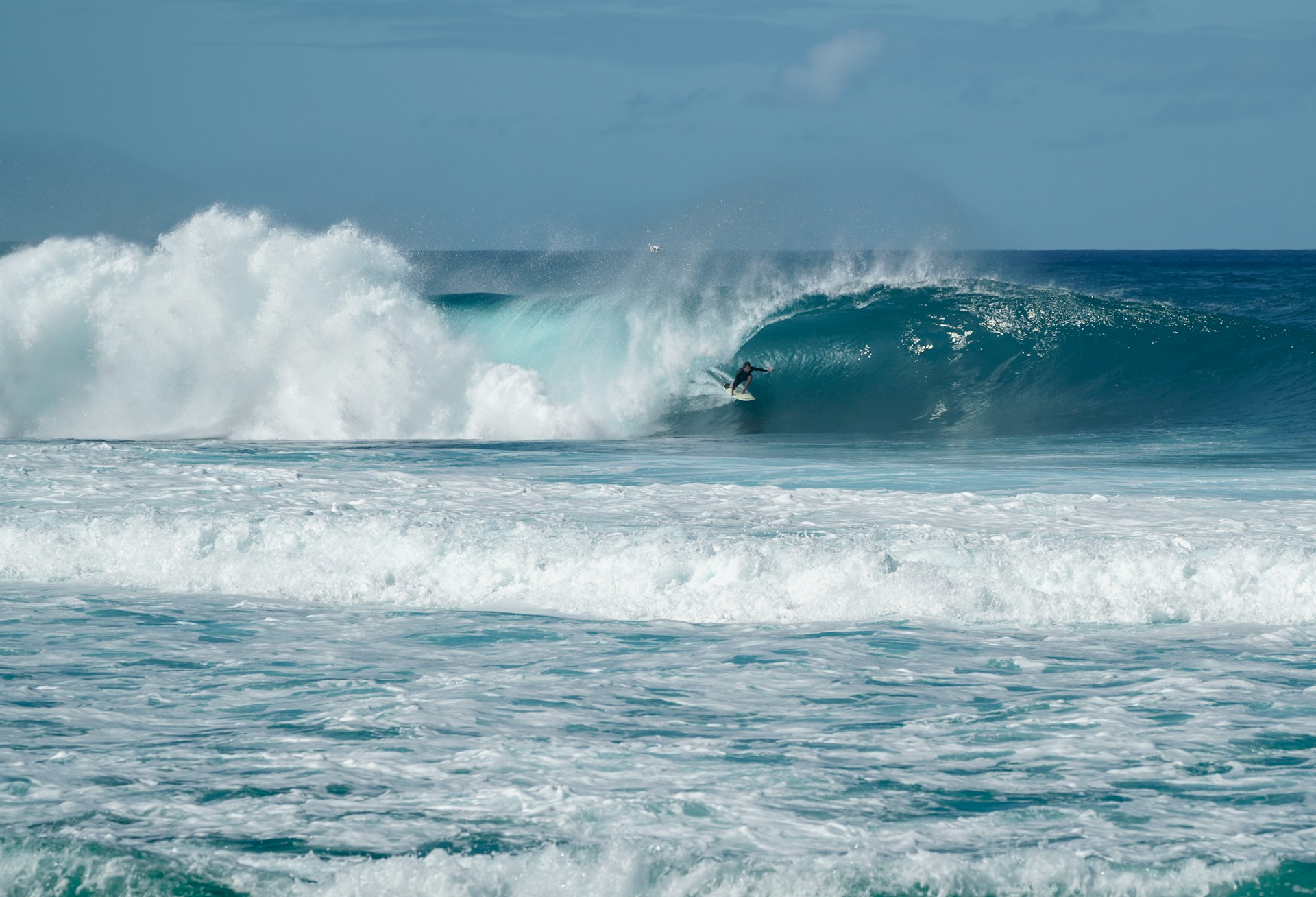
Regular tidal fluctuations can impact wave quality and surfing conditions. To have their best time, many experienced surfers often go through the tidal charts and check the local conditions to determine the ideal time to hit the waves.
Fishing
Fishing is another activity that I usually see many people engaging in. In this activity, tides also play a very important role, especially in fish-feeding behavior and movement.
I’ve seen many anglers who like fishing during incoming tides. The reason is the rising water levels, which often trigger fish activity and improve catch rates. Also, understanding tidal currents and eddies can help them identify productive fishing spots along Oahu’s coastline.
Beachcombing
Beachcombing is an activity in which you sift through the sand to find shells, stones, sea creatures, and much more that are buried under the sand. Low tides have expansive stretches of shoreline that expose tide pools, coral reefs, and hidden treasures like shells and sea glass.
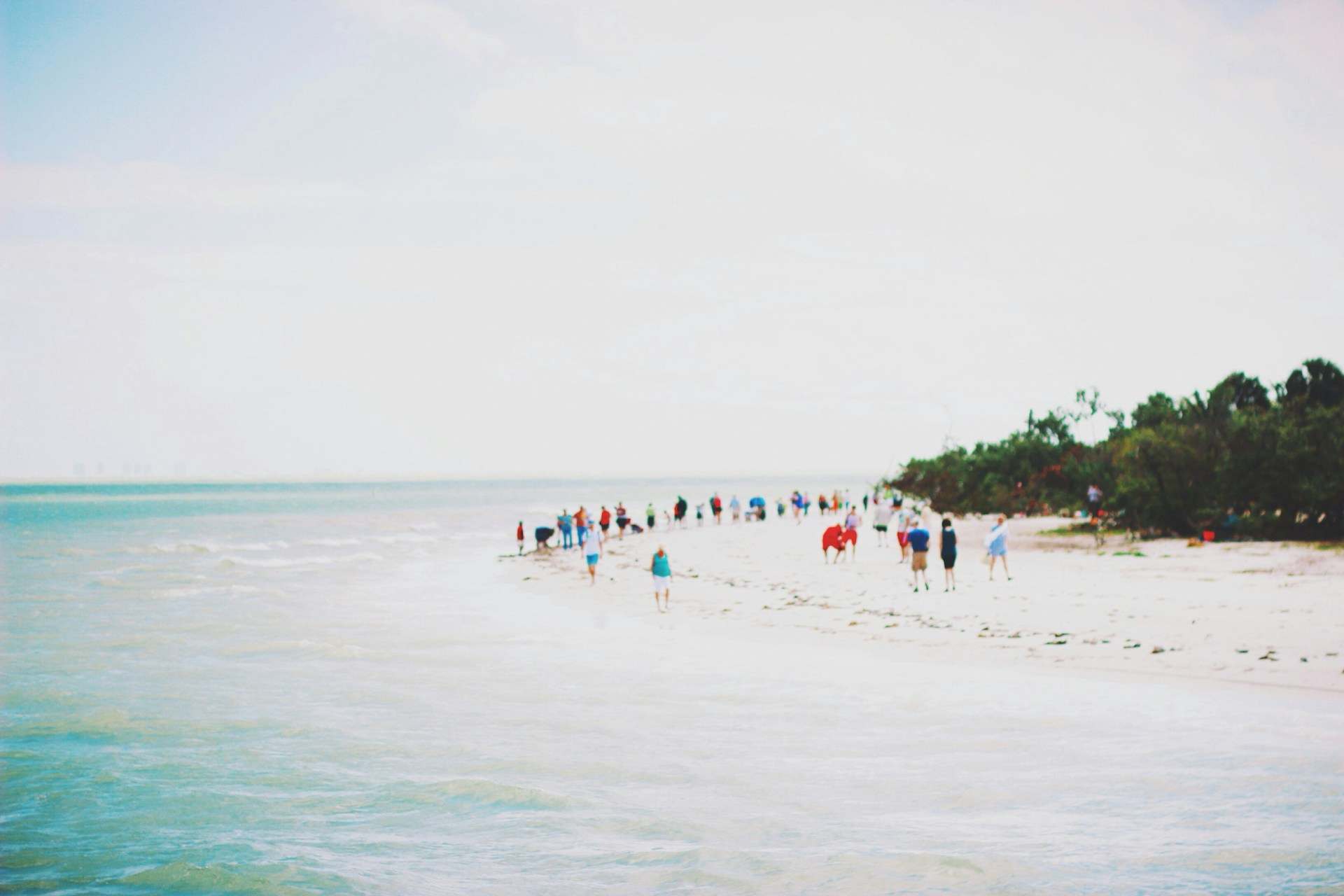
Beachcombers and treasure hunters usually visit Oahu’s beaches during low tide to explore these coastal treasures.
Some Safety Tips To Remember
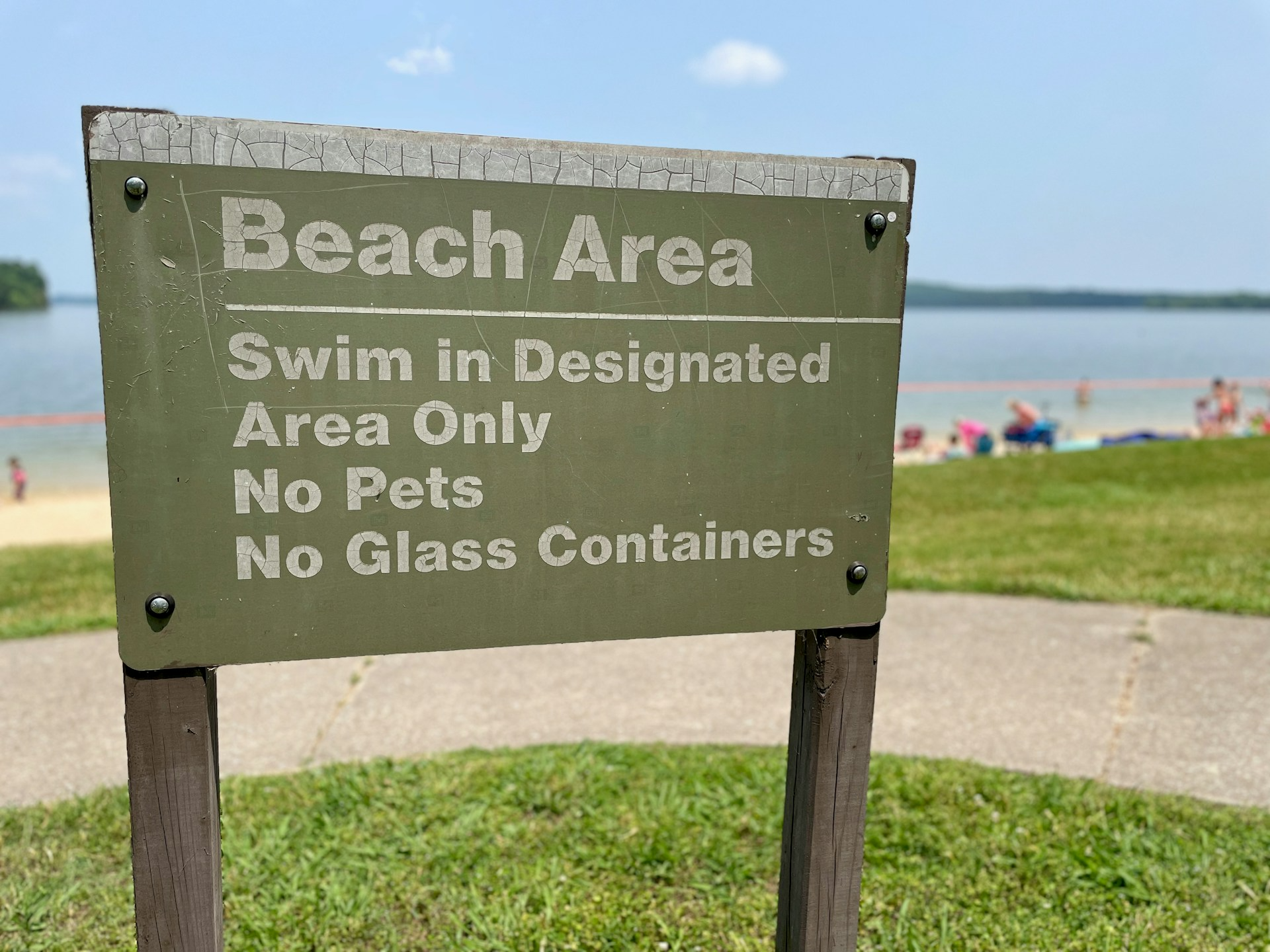
While the tides may look exciting, it’s all fun and games until you encounter an accident. So, while you are exploring the pristine beaches in Oahu and its coastlines, it is important that you prioritize your safety at the same time, especially when the tidal conditions are extreme. Here are some safety tips that I usually follow that’ll also definitely keep you safe.
- One thing you always need to remember is to be aware of the rip currents. Oahu waters have strong tidal currents. I’ve usually seen this during high tide or at times of rapid tidal change. These tides can create hazardous rip currents along Oahu’s beaches. Anyone interested in swimming should be careful and avoid swimming in areas with strong currents.
- Something I always do before heading to the beaches is check the current weather conditions. I recommend that you do this, especially when you are planning for a surfing session or want to engage in water activities. You’ll easily find local surf and tide chart information online, along with the tide times. Keeping a note of these essential data will help prevent any hazard during your time.
- While this is not something directly related to the tides, you need to respect and be careful about the world beneath as well. Oahu has a very delicate marine life, with fish, coral reefs, and other creatures spread all across the country. While it is allowed to swim and surf on the ocean, I’ve seen many instances when many creatures tend to come to the shore during high tides, so you need to be careful about that.
- Finally, I always like to stay informed about the current weather conditions and average water temperature to make sure I can enjoy myself properly. I suggest you also familiarize yourself with this info with Oahu’s beach safety guidelines and look for any warnings or advisories issued by lifeguards or local authorities.
FAQs
Where can I find information about Oahu tide predictions?
While I have already mentioned various sources, there is another platform, The National Oceanic and Atmospheric Administration (NOAA), that you can check out, which is a reliable source for tide predictions and related information.
What are the typical sunrise and sunset times in Oahu?
The approximate sunrise and sunset time in Oahu differs based on the different months. While the sunrise time ranges between 6:15 AM to 7 AM, the sunset time is between 5:45 PM to 7:15 PM.
How do I read a tide chart for Oahu?
Reading a tide chart involves understanding the times and heights of high and low tides. Upward-pointing arrows represent high tides, while downward-pointing arrows indicate low tides. The chart typically includes information on tide heights in feet or meters.
Have Fun And Be Safe Even On The Tides!
Understanding Oahu’s tides is paramount to having a safe and enjoyable beach experience. It doesn’t matter if you are a local or a tourist; reading the charts will help you find the best time on the Oahu water. The information in this guide will surely help you plan your day with utmost safety because whatever you do, safety always comes first. So, be mindful of rip currents, respect marine life, and enjoy the tides responsibly!

